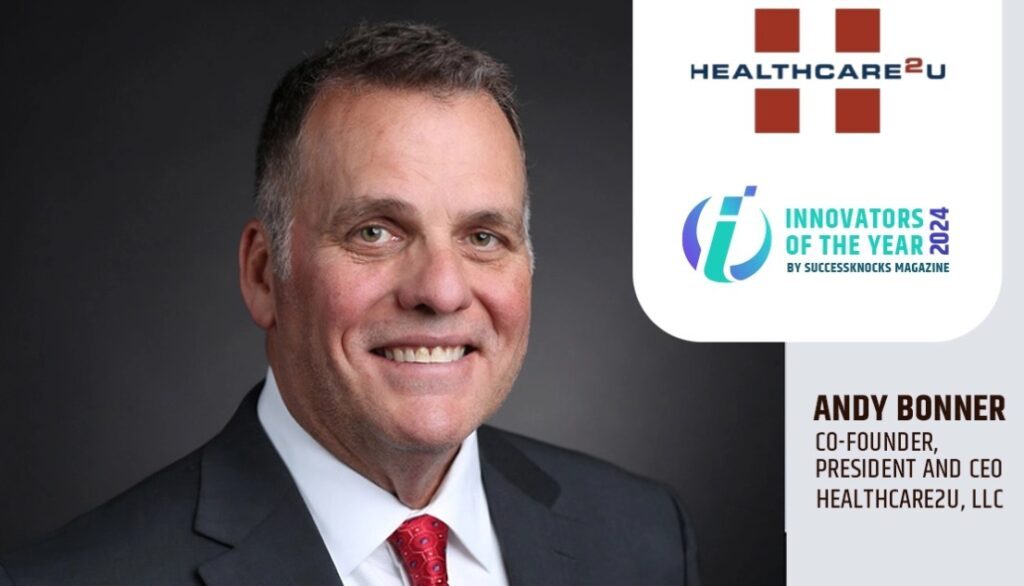The Affordable Care Act (ACA) sought to provide more insurance coverage for groups with a higher risk of being uninsured. Although the ACA led to more covered people, there are still disparities in healthcare with a large segment of the population who lack access to healthcare and experience worse health outcomes.
The Numbers Don’t Lie
As of 2018, Hispanic people are two and a half times more likely to be uninsured than white people (19 percent vs. 7 percent). Individuals with incomes below poverty are four times as likely to lack coverage as those with incomes at 400 percent of the federal poverty level or above (17 percent vs. 4 percent).
Unfortunately, health disparities between Black and white people still run deep. Black people have higher rates of diabetes, hypertension, and heart disease than other groups, and black children have a 500 percent higher death rate from asthma compared with white children. Geography plays a significant role in the health of a population. Where we live determines opportunities to access quality education, employment, housing, fresh foods, or outdoor space–all contributors to good health.
Money Matters
Perhaps the most critical source of disparities in healthcare is income inequality. As of 2018, the wealthiest 20 percent of households had an average income of $234,000, while the bottom 20 percent of households had average earnings of $14,000 – nearly 17 times lower.
The real median income for African American families decreased from $43,380 in 2000 to $41,692 as of 2018. For Hispanic families, real median income increased from $48,500 to $51,450 during the same time frame. The median income for white families increased from $66,712 to $70,642. And Asian families topped the group with an increase from $79,502 in 2002 to $87,194 in 2018. Only time will tell what those numbers will look like in the wake of the pandemic and economic upheaval that has marked this year so far.
An Urgent Cry for Help
Many social factors account for these discrepancies, but it is clear that health often takes a back seat to daily survival for some. A recent study by KFF found that 17 percent of Black people and 21 percent of Hispanic people didn’t see a doctor when they needed to because of costs in 2018. Nineteen percent of Asian people also skipped a doctor visit because of costs, compared to 13 percent of white people.
At the outset of 2020, the affordability of healthcare was already a chief concern for many Americans. The landscape has now changed profoundly with the COVID-19 pandemic, job loss, and increasing awareness of how racism affects some Americans’ everyday lives. The focus on solutions to solve disparities in healthcare has never been more urgent.
DPC Can Help End Gaps in Healthcare
Direct primary care differs from insurance because it is a monthly membership that provides members with unlimited access to a primary care physician for a low monthly fee. With primary care being one of the underpinnings of optimal health, the implications of DPC are huge.
Teachers, servers, beauticians, and other gig workers who may or may not have insurance often cannot afford to insure their children. Not only can people who historically could not afford to see a doctor now see one, but low rates make it possible for people to include their kids in a DPC membership. By building an ongoing relationship with a primary care physician, families can stay educated about their health and learn how to better care for themselves. Staying informed and proactive helps prevent health issues from escalating to chronic disease states or more expensive acute conditions.
With a nationwide direct primary care provider like Healthcare2U, the barriers to access have been shattered. From Healthcare2U’s inception we have disrupted these disparities through the vehicle of DPC. Our mission is to fill in the gaps for those who lack proper care by addressing affordability, access, and health education for all. To accomplish this, Healthcare2U offers memberships in every state for the same low rate. Regardless of socioeconomic status or neighborhood, families can now connect to care, nationwide.
Addressing disparities in health and health care is essential not only from an equity standpoint but also for improving the overall quality of care and population health. For more information on how DPC can help underserved communities and underinsured populations, contact Healthcare2U.







